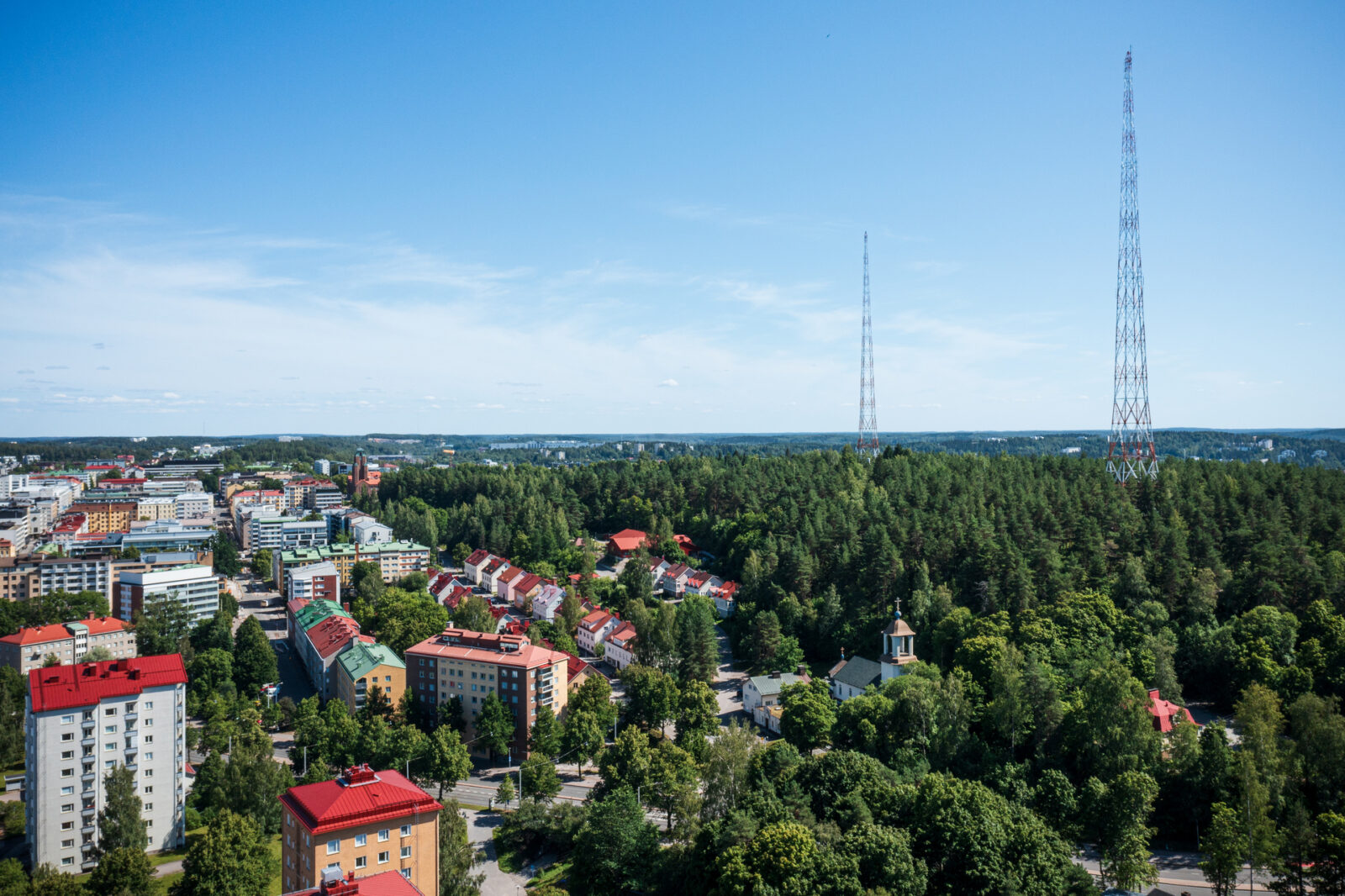In a November 25, 2024 meeting, the City Council decided to continue pursuing carbon neutrality but abandoned the 2025 target year. While no new target year was set, updated forecasts suggest that carbon neutrality could be achievable by 2028.
The gradual phase-out of fossil fuels in district heating has been a key driver of Lahti’s emissions reductions and is expected to contribute further in the coming years. Achieving the emissions reduction target by 2028 will require the successful implementation of Ren-Gas’s hydrogen economy hub and Lahti Energy’s electric boiler investment on schedule. In addition, local emissions reductions, particularly in road traffic, are essential.
Road traffic is the largest source of emissions
Road traffic is the biggest emissions sector, accounting for 33% of total emissions. Enhancing public transport and promoting walking and cycling will remain priorities.
In 2025, Lahti will dedicate a thematic year to sustainable mobility. As part of the climate program update, measures to address emissions from traffic will also be refined. However, the city cannot influence all emissions in the region independently; much depends on national climate policy and the choices made by residents and businesses.
Nature positivity as a parallel goal
In addition to the carbon neutrality target, Lahti is committed to becoming a nature-positive city by 2030. In the future, emissions reduction efforts and climate adaptation measures will be increasingly integrated with nature-related work.
The most recent emissions review and forecast were conducted using the EU Cities Mission’s emissions accounting model, managed by the European Commission’s Joint Research Centre (JRC). According to this model, Lahti had reduced production-based emissions by 61% from 1990 levels by 2022. For the first time, the review included electricity consumption and carbon capture. The scope of road traffic emissions has also been adjusted, excluding bypass traffic emissions from the calculations.
